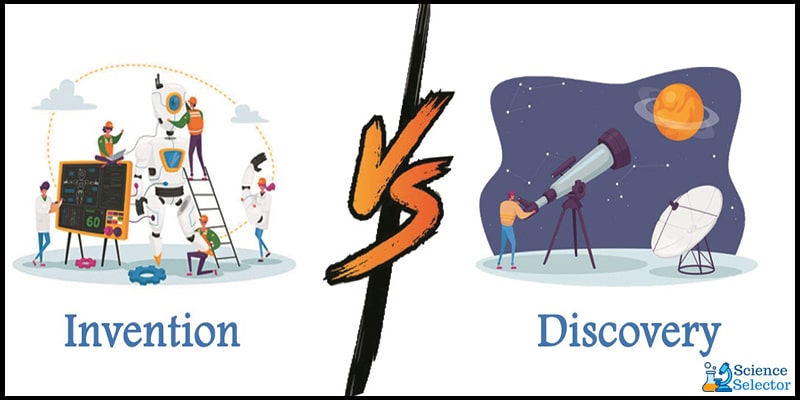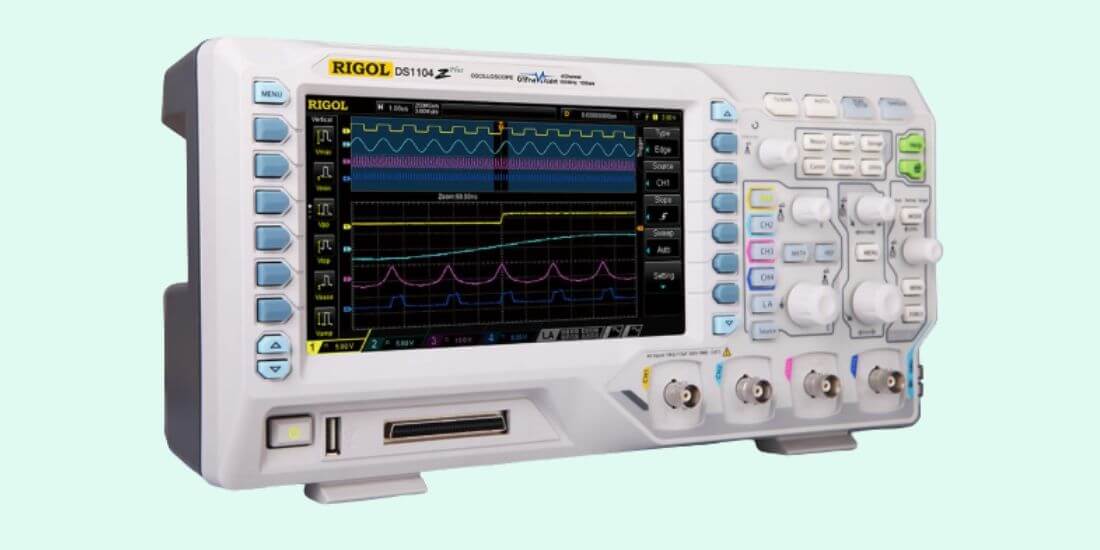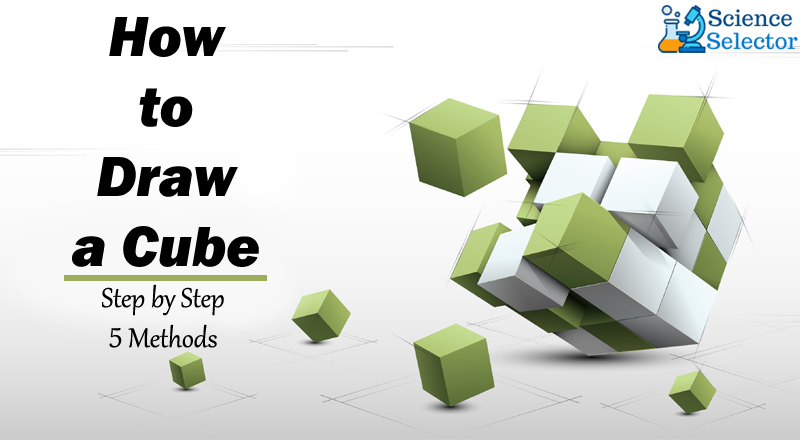The scientific method is a systematic approach to answering questions and solving problems that is used by scientists across various fields of study. It provides a framework for developing and testing hypotheses, and for generating knowledge that is based on empirical evidence. In this post, we’ll explore the key steps involved in the scientific method and how they contribute to the process of scientific discovery.
Step 1: Observation and Question
The scientific method starts with an observation or a question. Scientists may observe a phenomenon in the natural world, notice a pattern, or encounter a problem that they want to solve. The observation or question should be clear and specific, and should be based on prior knowledge and experience.
Step 2: Hypothesis
Once the observation or question has been identified, scientists develop a hypothesis. A hypothesis is a tentative explanation for the observation or question that can be tested through further investigation. A good hypothesis should be testable, falsifiable, and based on existing knowledge or theories.
Step 3: Prediction
After developing a hypothesis, scientists make predictions about what they expect to observe if the hypothesis is true. These predictions should be specific and measurable, and should be based on the hypothesis and any relevant theories or prior knowledge.
Step 4: Experimentation
The next step in the scientific method is to design and conduct experiments to test the hypothesis and predictions. Experiments should be carefully designed to control for variables that could affect the results, and should be conducted multiple times to ensure that the results are consistent.
Step 5: Analysis
Once the experiments have been conducted, scientists analyze the data to determine whether the results support or refute the hypothesis. They may use statistical methods to quantify the strength of the evidence and to determine whether the results are statistically significant.
Step 6: Conclusion
Based on the analysis of the data, scientists draw conclusions about the hypothesis and its predictions. If the results support the hypothesis, then it is considered to be tentatively accepted. If the results do not support the hypothesis, then it is rejected or revised.
Step 7: Communication
Finally, scientists communicate their findings to others in the scientific community through publications, conferences, and other forms of scientific communication. Other scientists can then review and replicate the experiments to confirm the findings and build upon them.
The scientific method is an iterative process, meaning that it often involves multiple cycles of hypothesis generation, experimentation, analysis, and conclusion. Through this process, scientists are able to refine their understanding of the natural world, and to generate new knowledge that can be used to solve practical problems and improve our lives.
In summary, the scientific method is a systematic and logical approach to answering questions and solving problems. By following this process, scientists are able to develop and test hypotheses, and to generate knowledge that is based on empirical evidence. This approach has been used to make countless discoveries and advancements in fields ranging from physics and chemistry to biology and psychology.





